#sabine baring-gould
Text
Werewolf Fact #71 - Book Review: Sabine Baring-Gould's The Book of Werewolves
While it may not be a "werewolf fact" of the traditional nature, it's very important when studying folklore to know and understand one's sources.
One of the very best sources for werewolf folklore - and indeed other folklore and mythology besides - is Sabine Baring-Gould's The Book of Werewolves (or The Book of Were-Wolves as he called it), written in 1865. However, like any academic/rhetorical source, it shouldn't be taken at face value. Let's dive into why it's such a useful source - and why you shouldn't always take to heart everything Baring-Gould attempts to assert.
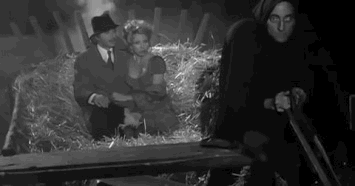
Already a scholar, Baring-Gould was a skeptical guy. It all began when, during his travels, Baring-Gould encountered several people terrified of a werewolf. He was baffled they truly believed in such a thing, and that it would stop them from wanting to traverse a road at night...
“If the loup-garou were only a natural wolf, why then, you see”—the mayor cleared his throat—“you see we should think nothing of it; but, M. le Curé, it is a fiend, a worse than fiend, a man-fiend,—a worse than man-fiend, a man-wolf-fiend.”
Baring-Gould, not intimidated, walked the road alone. However, along the way, the words of the others got to him, and he found himself frightened. The manner in which such preposterous superstition (naturally, he wasn't exactly a believer) would actually make him afraid at all made him very curious about such things and why people would believe in them...
This was my first introduction to werewolves, and the circumstance of finding the superstition still so prevalent, first gave me the idea of investigating the history and the habits of these mythical creatures.
I must acknowledge that I have been quite unsuccessful in obtaining a specimen of the animal, but I have found its traces in all directions. And just as the palæontologist has constructed the labyrinthodon out of its foot-prints in marl, and one splinter of bone, so may this monograph be complete and accurate, although I have no chained werewolf before me which I may sketch and describe from the life.
The traces left are indeed numerous enough, and though perhaps like the dodo or the dinormis, the werewolf may have become extinct in our age, yet he has left his stamp on classic antiquity, he has trodden deep in Northern snows, has ridden rough-shod over the mediævals, and has howled amongst Oriental sepulchres. He belonged to a bad breed, and we are quite content to be freed from him and his kindred, the vampire and the ghoul. Yet who knows! We may be a little too hasty in concluding that he is extinct. He may still prowl in Abyssinian forests, range still over Asiatic steppes, and be found howling dismally in some padded room of a Hanwell or a Bedlam.
Baring-Gould has his biases, but he also has an open mind about some topics, even if he's shut tighter than a bear trap on others, especially where anything scientific is concerned, as he was a big believer in the science of his time (not all of which is applicable to today). He's a complicated bag of tricks, and reading his work is quite an experience.
Whatever his biases and whatever one might think of his occasionally very judgmental and overly authoritarian words (i.e., he can sometimes think he knows better than everyone, including the people who actually lived during the time periods he's discussing), he is nothing short of phenomenal at his work of gathering and examining sources... even if he isn't always right. He contradicts his own research at least once, namely in relation to berserkers, but I won't go into all that (unless you read my edition of his book, of course; I discuss it extensively there).
He even spins some of his sources into thrilling tales. He honestly isn't bad at narration, able to paint an impressive and thrilling picture when retelling various werewolf (and other) legends...
But when dusk settled down over the forest, and one by one the windows of the castle became illumined, peasants would point to one casement high up in an isolated tower, from which a clear light streamed through the gloom of night; they spoke of a fierce red glare which irradiated the chamber at times, and of sharp cries ringing out of it, through the hushed woods, to be answered only by the howl of the wolf as it rose from its lair to begin its nocturnal rambles.
Something to note with Baring-Gould is that some of his sources are actually no longer with us. They did clearly exist, and he could access them during his own time, but they've since been lost, especially in such original formats (or they might be gone altogether). This is just another reason why Baring-Gould's work is irreplaceable as a source for many, many fields, not just werewolf studies. He cites and discusses works about many kinds of folklore, mythology, and even history, and he even provided the first English translation of the trail of Giles de Rais, a famous killer (and basis for the fairy tale Bluebeard). It's a fascinating read, even if you're just there for general folklore and mythology or if you're there specifically for werewolves or, broader spectrum, all manner of shapeshifters - he even talks a little bit about dragons!
However, when reading, bear in mind that Baring-Gould is not without his biases, as I mentioned before. He can be very judgmental of other scholars, especially from the past, but that isn't exactly uncommon even in modern scholarship. It's easy enough to read around, as long as you don't take everything he writes as fact. No scholar is perfect, no matter how impressive their work is, and that certainly includes Baring-Gould. He also approaches his work with werewolves specifically with the determination to relate them to "madmen" and serial killers, which is a consistent theme throughout the book. He will discuss werewolf legends and detail them well, but toward the end of each section, when providing his own assessment, he will generally offer how such things could be rationalized in his own mind. In doing so, of course, he does offer interesting discussion and food for thought, regardless of whether you agree with him (I agree with him at times but can also find him very disagreeable; it's like that with most everything one reads, so no shocker there). And, of course, his work even if only used for informational purposes is still impressive.
Biases is no reason to pass on what might be the best single source on these many topics. Besides, reading around potential biases is a skill everyone should learn.
One of his biggest downsides is that he doesn't provide English translations of all his quoted passages and sources. This was a problem in the original publication from the 1800s, and it continues into today with nearly all editions...
However, if you do want translations of nearly all of his quoted passages from various sources (as well as extensive annotations discussing werewolf studies, mythology, and more, and putting his scholarship into a modern context and even pointing out his errors, such as when he contradicts himself), then you need to see my edition of his work!
I personally translated and annotated The Book of Werewolves this year, and it's now available for purchase both through Amazon.com and my personal website, with a cover that's a different take on the book's original 1865 release...

Be sure to check it out at Amazon.com and my personal website!
If you buy it directly from me, I'll sign it for you, too. You can also download an ebook, if you prefer.
I assure you it's the best edition of this book you'll find. I know because I've bought nearly all of them trying to find one that's at all easy to reference. My edition even includes a bibliography that will assist you with further related reading, among other useful things. I've made sure the formatting is easily readable, so it's good for both casual reading and citation/quotation in research/academic projects. This was a lot of work, and I'm very proud of how it turned out, especially as I myself have worked with this book for years.
Final words: even with all my own personal biases about werewolves, the study of werewolf and other legends, and my opinions on some of Baring-Gould's assertions, I have to give Baring-Gould's work a 10/10 for being a must-read for anyone interested in werewolves. Trust me - if you love werewolves and studying their folklore like I do, you won't be able to put this book down, and you'll walk away with far more knowledge than you had before. Reading this book alone will give you a decent foundational knowledge of werewolf studies, while also touching upon other fields.
However, of course, I do recommend reading mine. Obviously. Especially because Baring-Gould is just so wrong about berserkers (hence, my own assertions)! But anyway.
That's all for now. Until next time, and be sure to check out my newsletter linked below!
( If you like my blog, be sure to follow me here and elsewhere for more folklore and fiction, including books, especially on werewolves! You can also sign up for my free newsletter for monthly werewolf/vampire/folklore facts, as well as free fiction and nonfiction book previews.
Free Newsletter - maverickwerewolf.com (personal site + book shop) — Patreon — Wulfgard — Werewolf Fact Masterlist — Twitter — Vampire Fact Masterlist — Amazon Author page )
#werewolf#werewolves#werewolf fact#werewolf facts#werewolf wednesday#werewolfwednesday#folklore#folklore facts#book reviews#book review#sabine baring-gould#the book of werewolves#the book of were-wolves#mythology#wolf#wolves#early modern period#lycanthrope#lycanthropes#lycanthropy#books#clinical lycanthropy#therianthropy#shapeshifting#shapeshifters#sources#sourcebooks#resources#academic writing#reference
36 notes
·
View notes
Photo
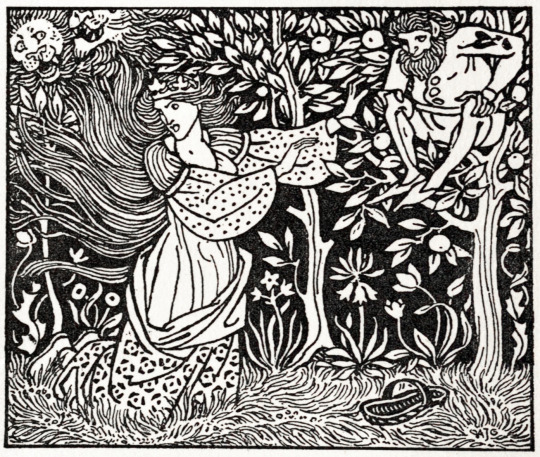
Arthur Joseph Gaskin (1862-1928), ''A Book of Fairy Tales'' by Sabine Baring-Gould, 1895
Source
#arthur joseph gaskin#english artists#a book of fairy tales#sabine baring-gould#fairy tales#vintage art#vintage illustration#english illustrators
86 notes
·
View notes
Text
I'm reading the book of werewolves and, honest to god, where more would I find short stories from over the world like that???
I really should look up more books like those if I want to know about folklore and fairy tales
5 notes
·
View notes
Text

The ash-maid by Sabine Baring-Gould, London, 1899
63 notes
·
View notes
Text
was gifted the book of werewolves by sabine baring-gould (this version is also annotated by maegan a. stebbins) for christmas and im sooooo excited. ive seen this book cited about 50000 times reading other werewolf literature. get ready for a new wave of autism
40 notes
·
View notes
Text
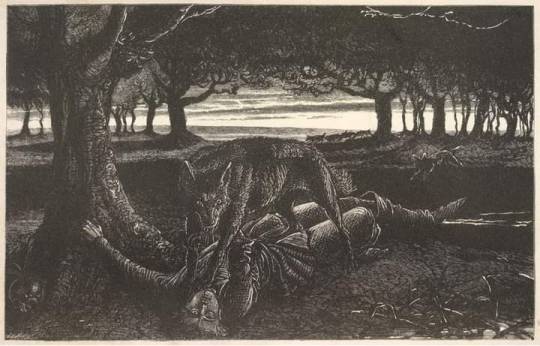
Illustration from 'The Book of Were-Wolves: Being an Account of a Terrible Superstition' by Sabine Baring-Gould; Smith, Elder & Co. London, 1865.
68 notes
·
View notes
Note
I LOVE vampire and werewolf media! Do you have any uncommon suggestions I can check out? (Movies, shows, books, etc?) 🖤
Ok some of these might not be uncommon but more so less talked abt by fans? So pls don’t hate meee lol. First is Joseph Sheridan le Fanu’s Carmilla, a classic for a reason and very easy to find as a pdf online!!! Byzantium is a great vampire movie, for anime recs there’s Blood+ (super fun monster designs!), Vampire Hunter D: Bloodlust (fantastic gorgeous animation and perfect if you like tragic romance), Shiki (manga is great too!) 30 Days of Night is a great not very talked abt vampire movie, the Strain is an interesting gory vampire show I haven’t really seen ppl talk abt. Daybreakers and Afflicted 2013 are some movies i haven’t really seen talked abt. On the popular suggestions topic my faves are the first and second ‘Underworld’s and ‘Blade’s. Super fun special effects, awesome outfits, awesome fight choreography etc etc!! Then we have Van Helsing. Is it a great movie with good acting? No. Is it fun as hell? Yes!!!! From Demons to Dracula: The Creation of the Modern Vampire Myth, by Matthew Beresford is an interesting vamp lore book I’m looking into.
For werewolf recs I’m embarrassingly topical, Ginger Snaps, An American Werewolf in London and a rec I actually haven’t seen but the designs just look absolutely fantastic, Dog Soldiers. A kinda silly rec is Red Riding Hood with Amanda Seyfried (the wolf by fever ray is so fun omg). The Book of Werewolves by Sabine Baring-Gould is a book I’m thinking of buying :3 Some werewolf movies I haven’t seen but am thinking abt are The Company of Wolves, Cursed, The Wolfman (2010), Bad Moon, Wolf (1994), Brotherhood of the Wolf, Werewolves Within, The Howling (1981), When Animals Dream and Trick’r Treat!!
I’m so so sorry this took so long I got really excited and kept lookin up media lol
#diarmuid makes a post#daily life of diarmuid#vampire#vampire media#werewolf media#werewolf#lycanthropy#vampirism#horror recs#media recs#anonymous
25 notes
·
View notes
Note
Have you ever read The Werewolf of Paris? I've seen it be regarded as the "Dracula" for werewolves, and was curious about your thoughts.
[CW: Non-explicit mention of sexual violence, rape, incest, serial killing, and corpse mutilating (i.e. Werewolf of Paris typical content)]
I read The Werewolf of Paris many years ago and absolutely loved it (and--funny story--was trapped in my apartment for the first year of the pandemic with an Endore-signed copy I didn't own), although I'm not 100% sure how it would stand up on a revisit. Whereas many critics attribute vast amounts of subtextual sexual dysfunction/violence to Dracula, Werewolf just presents much the same thing as... text text. I can see how it didn't gain the same cultural traction, given how much of the plot revolves around rape, sexualized murder, erotic violence, and incest that doesn't lend itself particularly well to a Universal classic (and the Hammer Horror version was--all things considered--fairly tame). It makes a lot of sense that the iconic wolfman eventually became poor everyman Larry Talbot instead of conflicted serial killer Bertrand Caillet.
If you want some of my more personal reactions to the text, I will say that for a time Aymar Galliez was pretty high ranking among my favorite conflicted/morally dicey gothic characters, and I think I will forever be in love with regard his "Hurrah for the race of werewolves!" moment. I very much adore the ambiguity of the finale and the exhumation as well. Also, if you want a fun Werewolf of Paris/Dracula fact, it's highly probable that both texts drew from the same research source. We have explicit confirmation that Stoker draw several characteristics for the Count from Sabine Baring-Gould's Book of Were-wolves, which also contains an entry on the historical M. Bertrand and his mutilation of a girl's corpse at a cemetery.
55 notes
·
View notes
Text
Dubois' bibliography: Fairy books (1)
I talked a LOT before of Pierre Dubois, his famous "Fairy/Elf/Lutin Encyclopedias", his collections of fairytales, and so forth and so on. And yes we have to agree that he has a very free, inventive, poetic style when it comes to retelling the various myths and legends surrounding the fair folk and other supernatural beings. As such, while his books are very entertaining and very beautiful, they are not to be used as a serious research material and can be quite misleading between Dubois' personal inventions, crafted genealogies and fictional history of "Elfland"...
BUT the wonderful and very pleasant thing with Dubois is that at the end of each of his Encylopedias he leaves us with a complete bibliography of all the books he used when writing them. I have rarely stumbled upon such complete bibliographies about the "fair folk", "good neighbor", petit peuple" and so forth, and while it goes a bit beyond what this blog is about (fairy tales proper), I still thought of sharing some of it here because my Dubois posts were all here.
Now, I can't share the entirety of the bibliography because it would be too big. However what I will share is all the books Dubois placed in his bibliography... in English. Indeed, Dubois reads the English and as such a good chunk of his bibliography is English-speaking (there are also some Spanish, Italian and German books in his lists). As such, if you are an English speaker you can easily go check these texts. (Note, this comes from his bibliography of his "Encyclopedia of Fairies", so that we stay within the "fairy tale" theme of this blog)
Tolkien's On Fairy-Stories
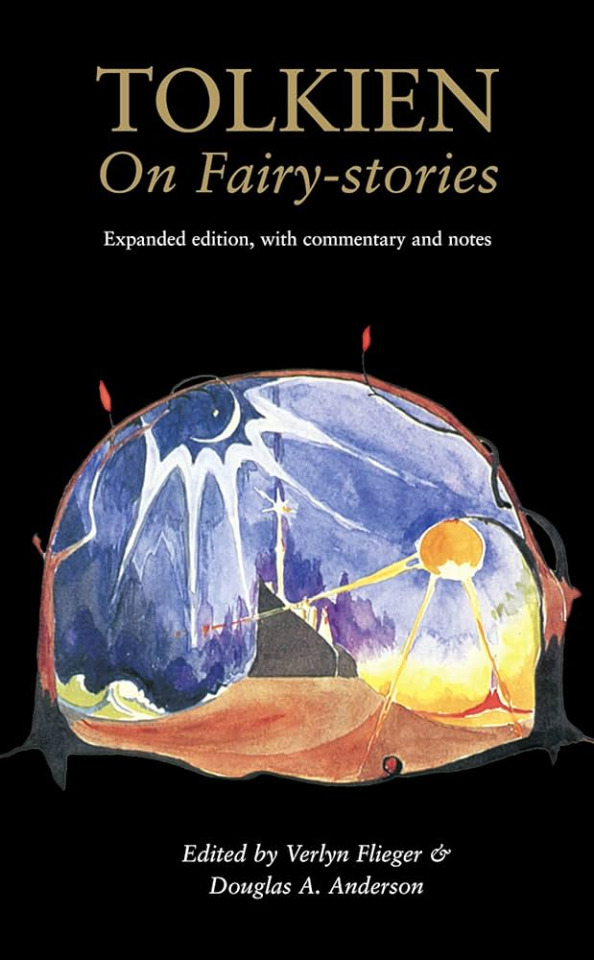
Beatrice Phillports, Mermaids
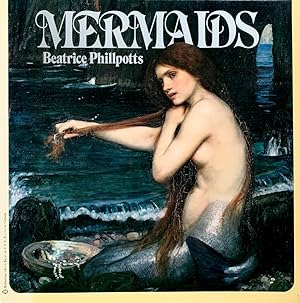
Richard Carrington, Mermaids and Mastodons

Gwen Benwell and Arthur Waugh, Sea Enchantress
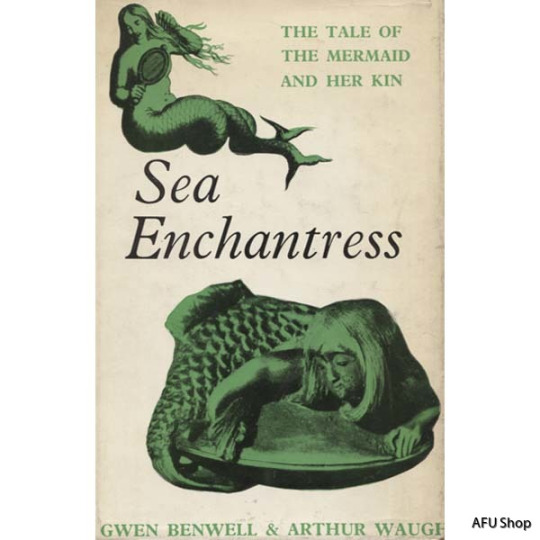
The Lost Gods of England, Brian Branston

Wilfrid Bonser, A bibliography of folklore

Masaharu Anesaki, Japanese Mythology (also known as the History of Japanese Religion)

F. J. Child, The English and Scottish Popular Ballads

Moncure Daniel Conway, Demonology and Devil Lore

T. C. Croker, Fairy Legends and Traditions of the South of Ireland
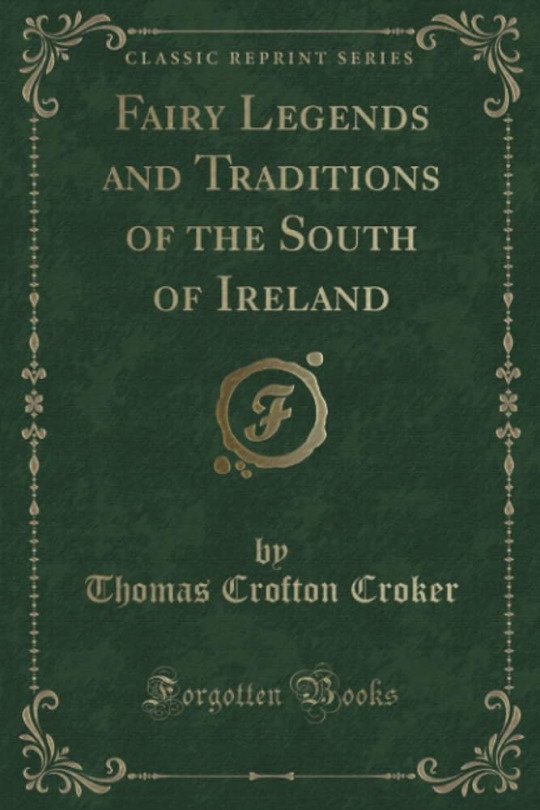
N. Belfield Dennys, The Folklore of China [The book has the very unfortunate subtitles "and its affinities with that the Aryan and Semitic races", but it was written in the 19th century so...)

David Crockett Graham, Songs and Stories of the Ch'uan Miao

Thomas Keightley, The Fairy Mythology
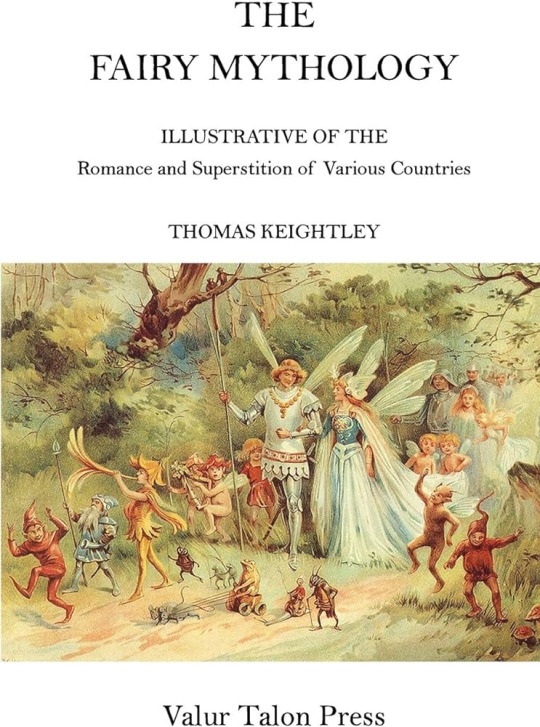
P. Kennedy, Legendary Fictions of the Irish Celts

John Rhys, Celtic Folklore: Welsh and Manx
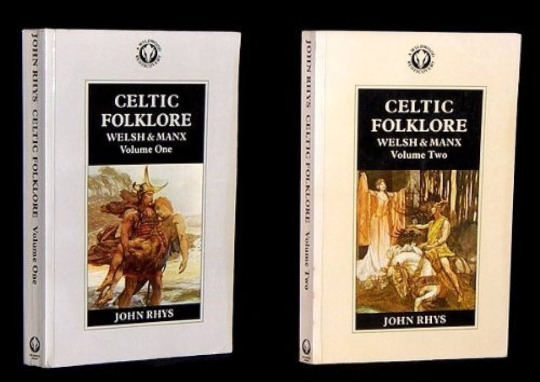
Sir George Webb Dasent's translation of Popular Tales from the Norse

The Norse Myths (as rewriten by Crossley)
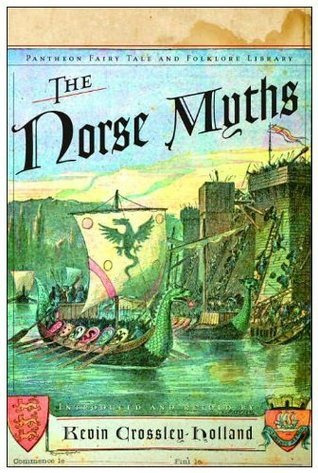
Delaporte Press' Great Swedish Fairy Tales, illustrated by John Bauer

Inger and Edgar Parn d'Aulaire, D'Aulaire's Trolls (also known as D'Aulaire's Book of Trolls)
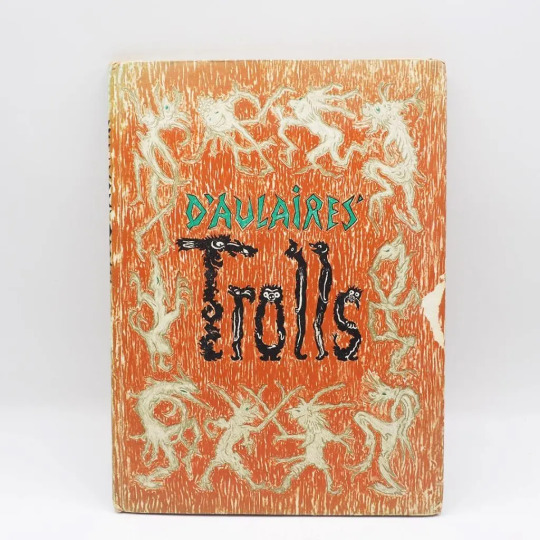
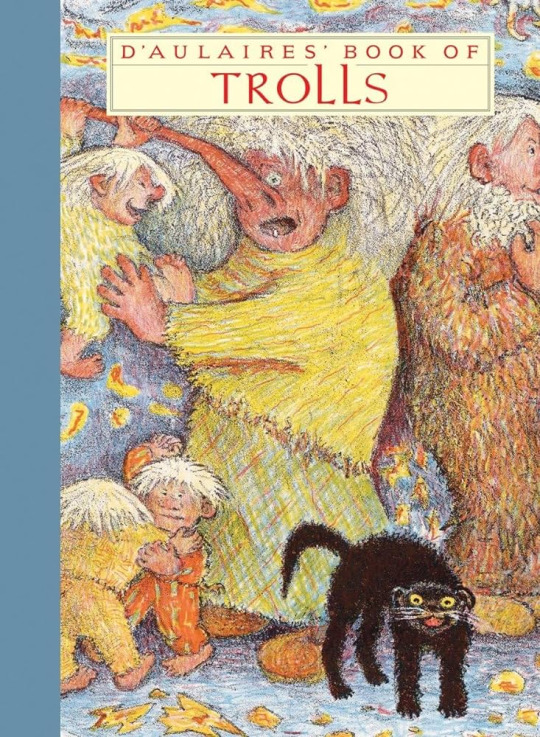
The Florence Ekstrand edition of Theodore Kittelsen's Norvegian Trolls and Other Tales
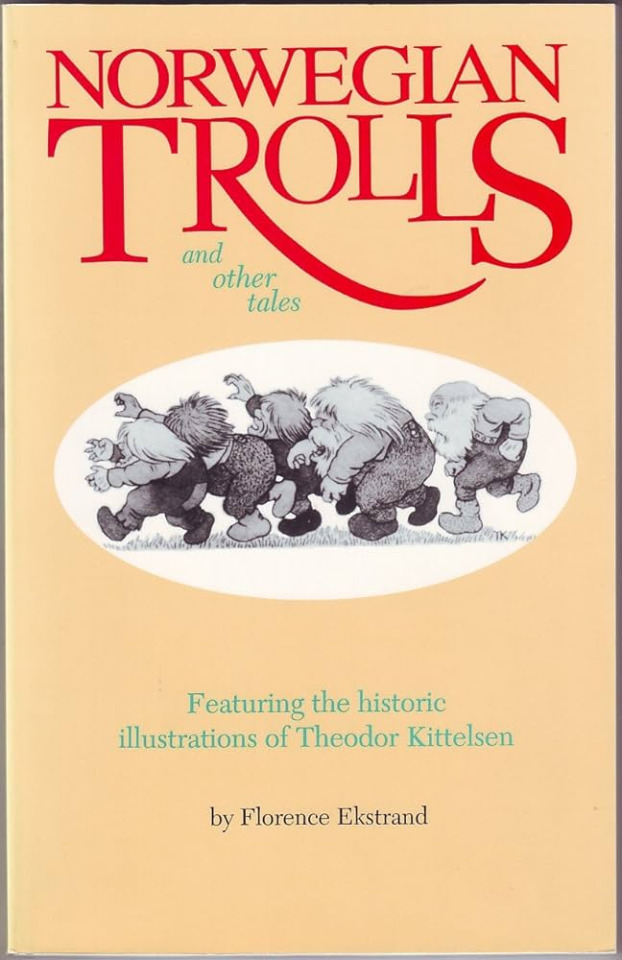
G. Fox, The Archaeology of the Cambridge Region

Edward L. Gardner, Fairies

M. Geoffrey Hodson, The Kingdom of the Gods

Sir Arthur Conan Doyle, The Coming of the Fairies
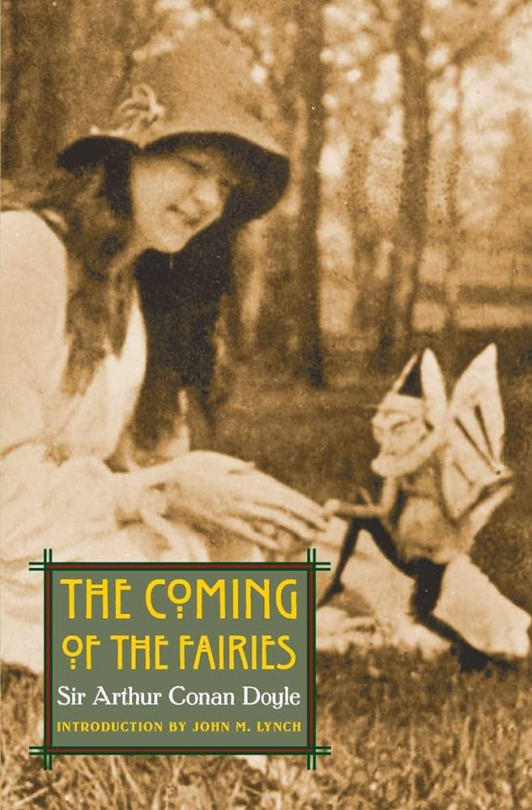
Walter Burkert, Ancient Mystery Cults

Sabine Baring-Gould, Curious Myths of the Middle Age
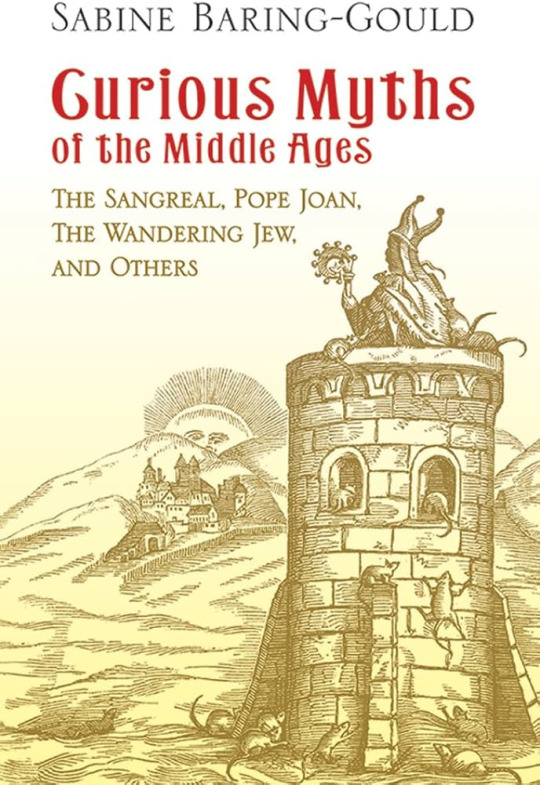
#pierre dubois#bibliography#book list#resources#fairy tales#fairytales#book resources#mythology#folklore#folklores#fairies#fairy#fairy book#mermaids
12 notes
·
View notes
Text
NEW NONFICTION BOOK - Sabine Baring-Gould's The Book of Werewolves, Annotated and Translated
Big announcement, just in time for Halloween! This source is useful not only on werewolves, but on many other subjects as well, including general shapeshifter legends and more.

Originally written in 1865, Sabine Baring-Gould's The Book of Were-Wolves is still considered among the best of sources in the field of werewolf studies, as well as folklore studies and the occult. A passionate dive into the folkloric and real history of werewolves, witches and sorcerers, and even madmen and serial killers, Baring-Gould takes a scientific approach to "proving" the reality behind werewolf legends. In doing so, he discusses werewolf legends across history, with particular focus on Scandinavia and the Renaissance / Early Modern eras, and even discusses other shapeshifter folklore from around the world, as well as providing trial accounts of famous killers such as Gilles de Rais. This book is a must-have for scholars in multiple fields and anyone interested in the history of the werewolf legend. The editor's contribution of annotations and translations provide further context to Baring-Gould's work, but his words in themselves are unabridged and uncensored from his original text.
This fully annotated edition of Sabine Baring-Gould's The Book of Werewolves includes:
Academic critique, comments, analyses, and comparisons to modern scholarship
Explanations of folklore and historical context
Translations of quoted passages
Bibliography and list of other helpful reading
Fully formatted and edited manuscript (with table of contents) updated to modern standards
Click here to purchase on Amazon.com, available in ebook/digital, paperback, and hardback!
If you haven't seen it, also be sure to sign up for my free newsletter if you want to keep track of my work, be the first to stay informed, and get free monthly folklore facts (werewolf facts, vampire facts, and more) in your inbox! You'll also get a free full short story and a long preview of my most popular work, the nonfiction book The Werewolf: Past and Future, for subscribing.
Website --- Patreon --- Wulfgard --- Werewolf Fact Masterlist
#werewolf#werewolves#werewolf wednesday#werewolfwednesday#book#books#hardback#hardcover#paperback#softcover#nonfiction#academic writing#sources#sourcebooks#academia#wolf#wolves#mythology#lycanthrope#lycanthropes#lycanthropy#werewolf history#folklore#historical facts#folklore facts#werewolf facts#werewolf fact#the book of werewolves#sabine baring-gould#annotations
35 notes
·
View notes
Text
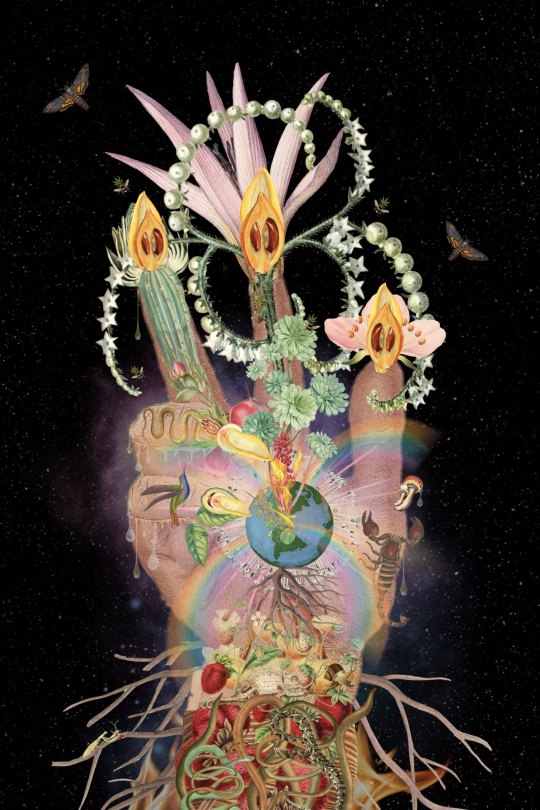
The Hand Of Glory
--bedelgeuse
“It bursts locks, and shatters stones, it opens in the mountains the hidden treasures hitherto concealed from men, or it paralyzes, lulling into a magic sleep, or, again, it restores to life.”
--Sabine Baring-Gould, 1873.
8 notes
·
View notes
Text
On the art of writing fiction by Baring-Gould, Gray, Macquoid, Norris, and Walford

About this eBook
AuthorBaring-Gould, S. (Sabine), 1834-1924AuthorGray, MaxwellAuthorMacquoid, Katharine SarahAuthorNorris, W. E. (William Edward), 1847-1925AuthorWalford, Lucy Bethia, 1845-1915TitleOn the art of writing fictionOriginal PublicationLondon: Wells Gardner, Darton & co., 1894.CreditsBob Taylor, Aaron Adrignola and the Online Distributed Proofreading Team at https://www.pgdp.net(This book was produced from images made available by the HathiTrust Digital Library.)LanguageEnglishCategoryTextEBook-No.72910Release DateFeb 9, 2024Copyright StatusPublic domain in the USA.
2 notes
·
View notes
Text
Today in Christian History
Today is Tuesday, January 2nd, 2024. It is the 2nd day of the year in the Gregorian calendar; Because it is a leap year, 364 days remain until the end of the year.
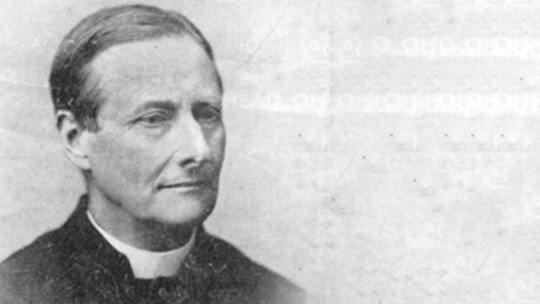
303: According to tradition, Roman Emperor Diocletian orders a slaughter of Christians at an English town which, because of the event, becomes known as Lichfield, “field of corpses.”
1492: The Moors surrender Granada to Ferdinand II of Aragon and Isabella I of Castile.
1542: Calvin’s Ecclesiastical Ordinances are ratified as church law in Geneva.
1792: Death in Canterbury, Kent, England, of Edward Perronet who had written the hymn “All Hail the Power of Jesus’ Name.”
1849: Seventeen-year old John Norton Loughborough gives his first public talk. Filled with certainty Christ will soon return, he has rented a church in upper New York to lecture on the subject. Eventually he will become an influential leader of the Seventh-day Adventists.
1878: Death near Birmingham, England, of Edward Caswall, author of the hymn “When Morning Gilds the Skies.”
1883: Death in Philadelphia of Charles Porterfield Krauth. A Lutheran pastor, editor, and educator, he had spent his life promoting conservative Lutheran theology and a literal reading of the Augsburg Confession.
1905: Sergius Georgievich Golubyatnikov, known as “Seraphim,” is consecrated Bishop of Mozhaisk. While serving in a later post at Ekaterinburg and Irbit he will condemn the Bolsheviks’ February revolution, for which he will be sent to the Novospassky monastery in Moscow, becoming its first prisoner when it is turned into a prison. There he will be shot.
1921: KDKA, a Pittsburgh radio station, broadcasts a service from Calvary Episcopal Church to test its ability to make remote broadcasts; this is the first religious broadcast ever made.
1924: Death of Sabine Baring-Gould (pictured above) at Exeter, England. An Anglican clergyman, he will be remembered as the author of two popular hymns: “Onward Christian Soldiers” and “Now the Day Is Over.”
4 notes
·
View notes
Text



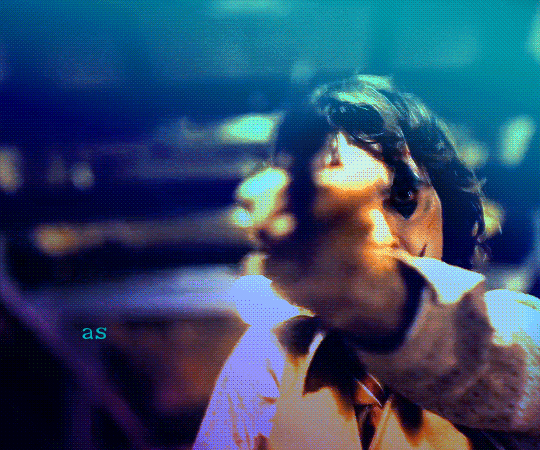




the book of were-wolves by sabine baring gould
#jokethur#blood cw#clown cw#body image cw#teeth cw#not the typography i wanted but it works#i think parts of the quote moreso relate to what others see him as idk if i should specify that but yknow#mine.
2 notes
·
View notes
Text
You’ve probably seen the gag about “I’m the guy who writes the books the protagonist finds everything out from, in monster movies”.
For real books like that, you should go to the classics. For vampires and werewolves, for example, you go to the works of Montague Summers (origin of Buffy’s surname) and Sabine Baring-Gould, both of whom reference some earlier accounts you might be able to hunt down on the internet these days. You should probably be able to either derive your critter’s traits from those sources, or else figure out how what those sources say is a distortion of whatever traits you decided to assign the critters, beforehand.
4 notes
·
View notes
Text
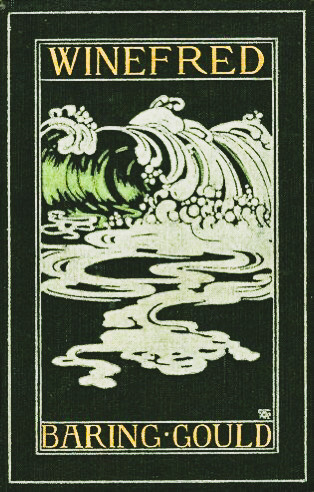
WINEFRED: A STORY OF THE CHALK CLIFFS by Sabine Baring-Gould. (Boston Page, 1900). Illustrations by Edgar Bundy. Cover design by Amy Sacker.
source
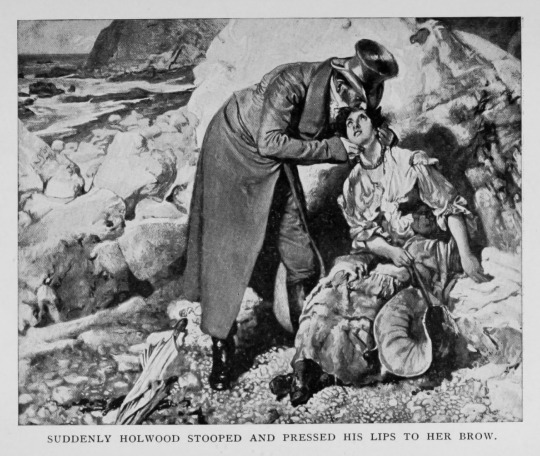
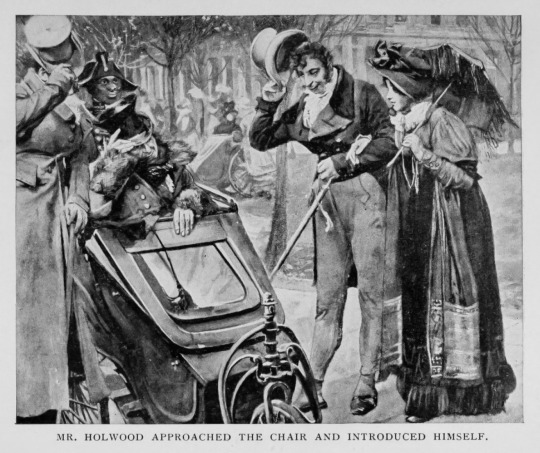
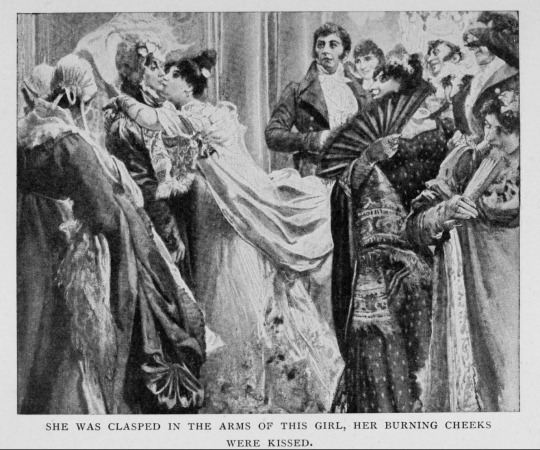
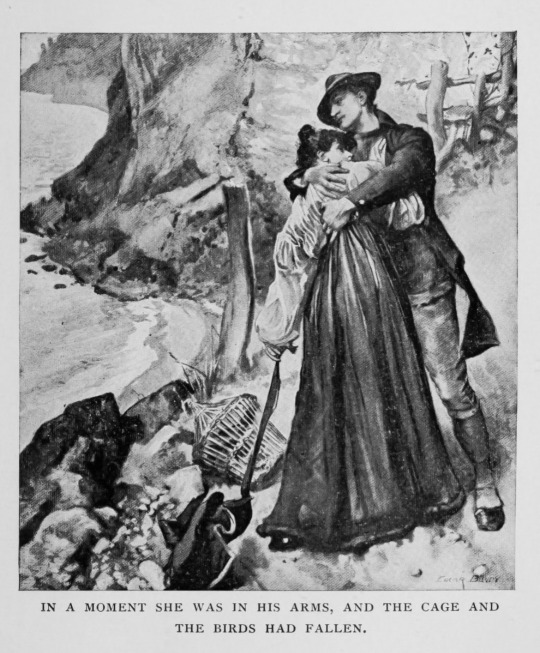
source
#beautiful books#book blog#books books books#book cover#books#illustrated book#vintage books#victorian era#edgar bundy
8 notes
·
View notes